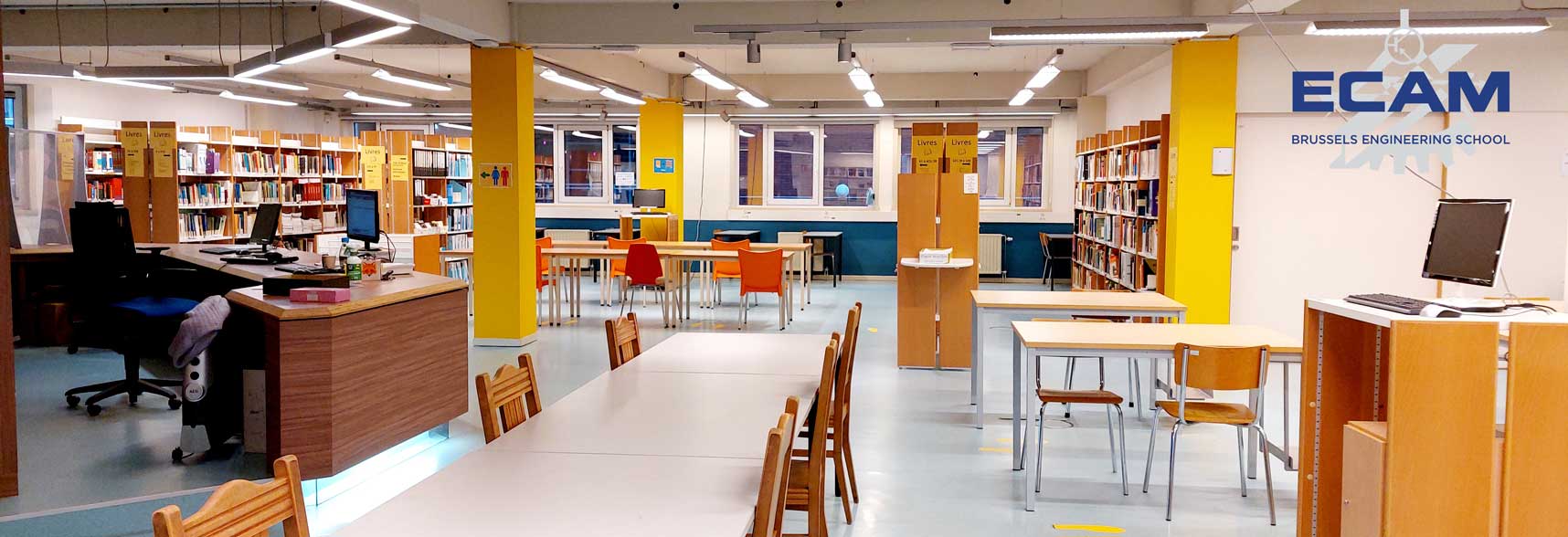EphÃĻseLe catalogue de la bibliothÃĻque de l'ECAM
DÃĐtail de l'auteur
Auteur Bernardo Innocenti |
Documents disponibles écrits par cet auteur (1)


 Visionner les documents numÃĐriques
Affiner la recherche
Visionner les documents numÃĐriques
Affiner la rechercheFinite element analysis of mechanical and kinematicalignment approaches in total knee arthroplasty / SÃĐlÃĻne Argyrakis

Titre : Finite element analysis of mechanical and kinematicalignment approaches in total knee arthroplasty Type de document : Travail de fin d'ÃĐtudes Auteurs : SÃĐlÃĻne Argyrakis, Auteur ; Bernardo Innocenti, ; Miguel Ochoa, Editeur : ECAM AnnÃĐe de publication : 2022 Note gÃĐnÃĐrale : BEAMS Langues : Anglais (eng) Index. dÃĐcimale : TFE - IngÃĐnierie de la SantÃĐ RÃĐsumÃĐ : Total knee arthroplasty (TKA) is a medical procedure that aims to restore the functions of the knee by replacing it by an artificial joint. The main challenge for a successful TKA is to provide stability and restore the range of motion of the native knee. To achieve this, different approaches are commonly used by surgeons. The central matter of debate is the alignment, which is related to the tibial cut before inserting the tibial component of the prosthesis. Indeed, some surgeons cut the tibia perpendicular to the tibial plateau, which is called mechanical alignment, while others prefer to cut it with a 3° angle to rebuild the natural joint angle between the tibial plateau and the femoral condyles. This second approach is referred as kinematic alignment. The purpose of this study is to investigate how the alignment and the configuration affect the stress distribution and kinematics at two regions of interest: the tibiofemoral prosthesis interface and the prosthesis-bone interface. A finite element analysis was performed on four previously validated models under daily activities: walking and squat. The results expected should show which alignment and configuration are the best options in terms of stability and motion restitution. Finite element analysis of mechanical and kinematicalignment approaches in total knee arthroplasty [Travail de fin d'ÃĐtudes] / SÃĐlÃĻne Argyrakis, Auteur ; Bernardo Innocenti, ; Miguel Ochoa, . - ECAM, 2022.
BEAMS
Langues : Anglais (eng)
Index. dÃĐcimale : TFE - IngÃĐnierie de la SantÃĐ RÃĐsumÃĐ : Total knee arthroplasty (TKA) is a medical procedure that aims to restore the functions of the knee by replacing it by an artificial joint. The main challenge for a successful TKA is to provide stability and restore the range of motion of the native knee. To achieve this, different approaches are commonly used by surgeons. The central matter of debate is the alignment, which is related to the tibial cut before inserting the tibial component of the prosthesis. Indeed, some surgeons cut the tibia perpendicular to the tibial plateau, which is called mechanical alignment, while others prefer to cut it with a 3° angle to rebuild the natural joint angle between the tibial plateau and the femoral condyles. This second approach is referred as kinematic alignment. The purpose of this study is to investigate how the alignment and the configuration affect the stress distribution and kinematics at two regions of interest: the tibiofemoral prosthesis interface and the prosthesis-bone interface. A finite element analysis was performed on four previously validated models under daily activities: walking and squat. The results expected should show which alignment and configuration are the best options in terms of stability and motion restitution. Exemplaires(0)
DisponibilitÃĐ aucun exemplaire Documents numÃĐriques
 Ce document n'est visible qu'aprÃĻs identification
Ce document n'est visible qu'aprÃĻs identification
MasterThesis_Seleneargyrakis_compressed.pdfAdobe Acrobat PDF


